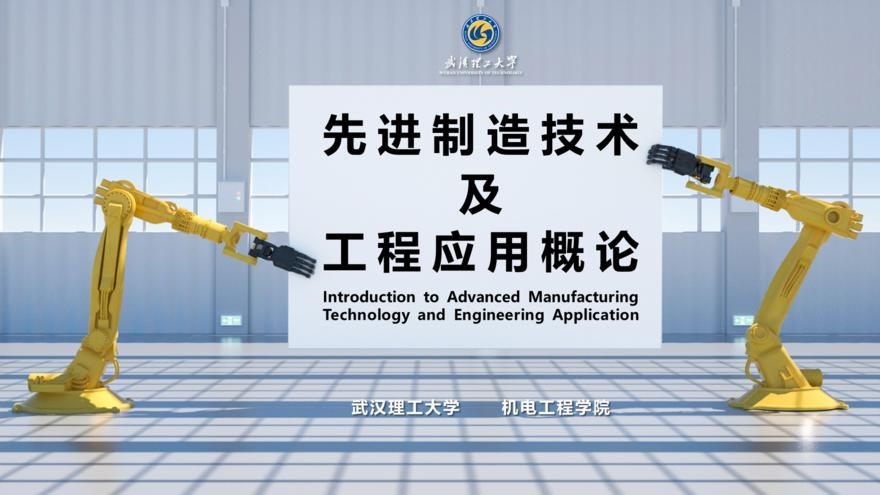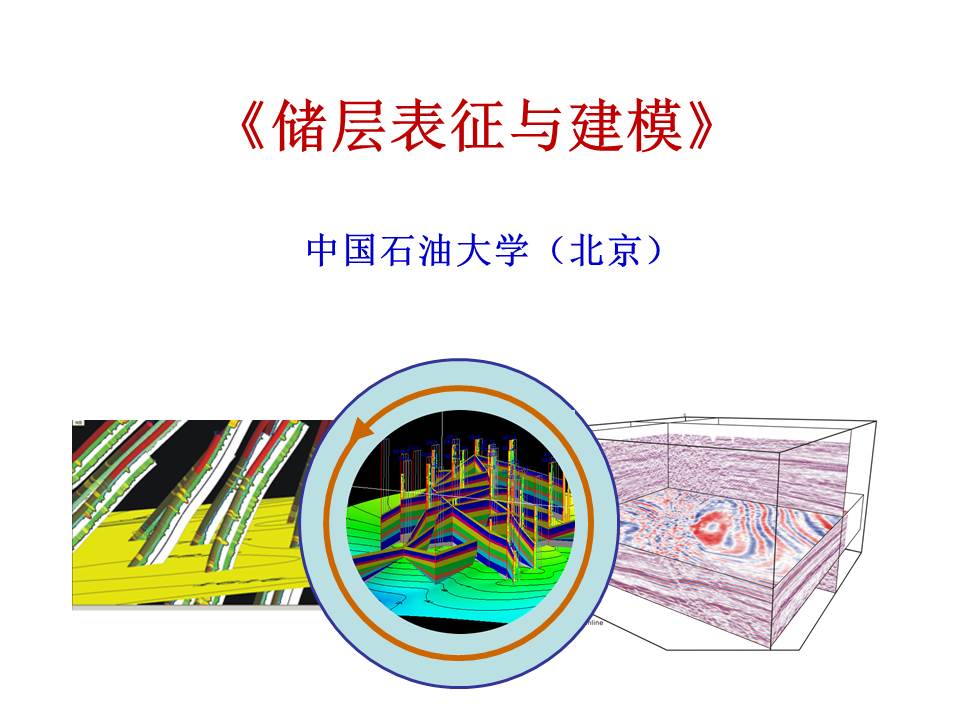
当前课程知识点:General Chemistry > Chapter 12: Elemental Commonality > The prominent element > Is the periodic table endless?
返回《General Chemistry》慕课在线视频课程列表
2019 is the year of the international periodic table. So far, the elements found and synthesized have filled seven cycles of the periodic table. Is the periodic table endless?
-1.1 Basic Concepts
--1.1 Fundamentals of Chemistry
-1.2 Gases, Liquids and Solutions
-1.3 Errors and Significant Digits
-- Errors and Significant Digits
--1.3 Error and Significant Number
-Exercises for Chapter I
-2.1 The Law of the Motion of Microscopic Particles
--The movement law of microscopic particles
--The Movement Law of Microscopic Particles
-2.2 The Schrödinger Equations
-2.3 Radial Distribution Functions
--Radial Distribution Function
--Radial Distribution Functions
-2.4 Angular Distribution Functions
--Angular Distribution Fuctions
--Angular Distribution Function
-2.5 Factors Effecting Electron Energy
--Factors Effecting Electron Energy
--The Energy of an Electron in Atomic Orbitals
-2.6 The Periodic Properties of Elements
--The Periodic Properties of Element
--The periodic law of Elements
-Is the periodic table endless?
-Exercises for Chaper II
-3.1 Basic concepts of Chemical Bonds
-- Basic concepts of Chemical Bonds
--Basic concepts of chemical bonds
-3.2 Lewis’ Theories
-- Lewis theory
-3.3 Valence Bond Theories
-3.4 Hybrid Orbital Theories
-3.5 Valence Shell Electron Pair Repulsion Theories
--Valence Shell Electron Pair Repulsion Theory
-3.6 Molecular Orbital Theories
-The differences between valence bond theory and molecular orbital theory
-Exercises for Chapter III
-4.1 Crystal Types
-4.2 Molecular Crystal and Intermolecular Forces
--Molecular Crystal and Intermolecular Forces
-4.3 Ionic Crystal and Ionic Bonds
--Ionic Crystal and Ionic Bonds
--Ionic crystal and ionic bond
-4.4 Polarization of Ions
-4.5 Metallic Crystal and Metallic Bonds
--Metallic Crystal and Metallic Bonds
--Metallic bond and metallic crystal
-Is there pure ion bond or absolute covalent bond?
-Exercises for Chapter IV
-5.1 Basic concepts of Chemical Thermodynamics
--Basic concepts of Chemical Thermodynamics
--Basic concepts of Chemical Thermodynamics
-5.2 First Law of Thermodynamics
-5.3 Third Law of Thermodynamics
-5.4 Second Law of Thermodynamics
--Second Law of Thermodynamics
--Second Law of Thermodynamics
-It‘s too hot! Let‘s open the refrigerator!
-Exercises for Chapter V
- 6.1 Chemical Reaction Rate and Expression
--Chemical Reaction Rate and Expression
--Chemical Reaction Rate and Expression
-6.2 Effects of External Conditions on Reaction Rate
--Effects of External Conditions on Reaction Rate
--Effects of External Conditions on Reaction Rate
-Exercises for Chapter VI
-7.1 Chemical Equilibrium Constant
--Chemical Equilibrium Constant
--Chemical Equilibrium Constant
-7.2 Shifting of Chemical Equilibrium
--Shifting of Chemical Equilibrium
--Shifting of Chemical Equilibrium
-Exercises for Chapter VII
-8.1 The Development of Acids & Bases Theories
--The Development of Acids & Bases Theories
--The Development of Acid-Base Theory
-8.2 Weak Acids & Bases Ionization Equilibria
--Weak Acids & Bases Ionization Equilibria
--Weak Acid and Weak Base Dissociation Balance
-Exercises for Chapter VIII
-Precipitation-Dissolution Equilibrium
-The Equilibrium of Precipitation
-Exercises for Chapter IX
-How to remove the insoluble CaSO4?
-10.1 Basic Concepts of Oxidation-Reduction Reactions
--Basic Concepts of Oxidation-Reduction Reactions
--Basic Concepts of Oxidation-Reduction Reactions
-10.2 Primary Cells and Electrode Potential
--Primary Cells and Electrode Potential
--Primary Cells and Electrode Potential
-10.3 Thermodynamics of Cell Reactions and the Factors Affecting Electrode Potential
--Thermodynamics of Cell Reactions and the Factors Affecting Electrode Potential
--Thermodynamics of Cell Reactions and the Factors Affecting Electrode Potential
-10.4 The Applications
-Exercises for Chapter X
-11.1 Basic Concepts of Coordination Compounds
--Basic Concepts of Coordination Compounds
--Basic Concepts of Coordination Compounds
--Basic Concepts of Coordination Compounds
-11.2 Stereochemistry of Coordination Compounds
--Stereochemistry of Coordination Compounds
--Stereochemistry of Coordination Compounds
-11.3 Bonding Theories of Coordination Compounds — Valence Bond Theories
--Bonding Theories of Coordination Compounds — Valence Bond Theories
--Bonding Theories of Coordination Compounds — Valence Bond Theories
-11.4 Bonding Theories of Coordination Compounds — Crystal Field Theories
--Bonding Theories of Coordination Compounds — Crystal Field Theories
--Bonding Theories of Coordination Compounds — Crystal Field Theories
-11.5 Stability and Equilibrium Coordination Compounds
--Stability and Equilibrium Coordination Compounds
-- Stability and Equilibrium Coordination Compounds
--Complex Stability and Coordination Equlibrium
-Exercises for Chapter XI
-12.1 The Origins of Elements
-12.2 The Main Group Elements — s-block
--The Main Group Elements — s-block
--The Main Group Elements — s-block
-12.3 The Main Group Elements — p-block
--The Main Group Elements — p-block
--The Main Group Elements — p-block
-12.4 The Transition Metal Elements — d-block and ds-block
--The Transition Metal Elements — d-block and ds-block
--The Transition Metal Elements — d-block and ds-block
-12.5 The Rare Earth Elements — f-block
--The Rare Earth Elements — f-block
--The Rare Earth Elements — f-block
-Exercises for Chapter XII



